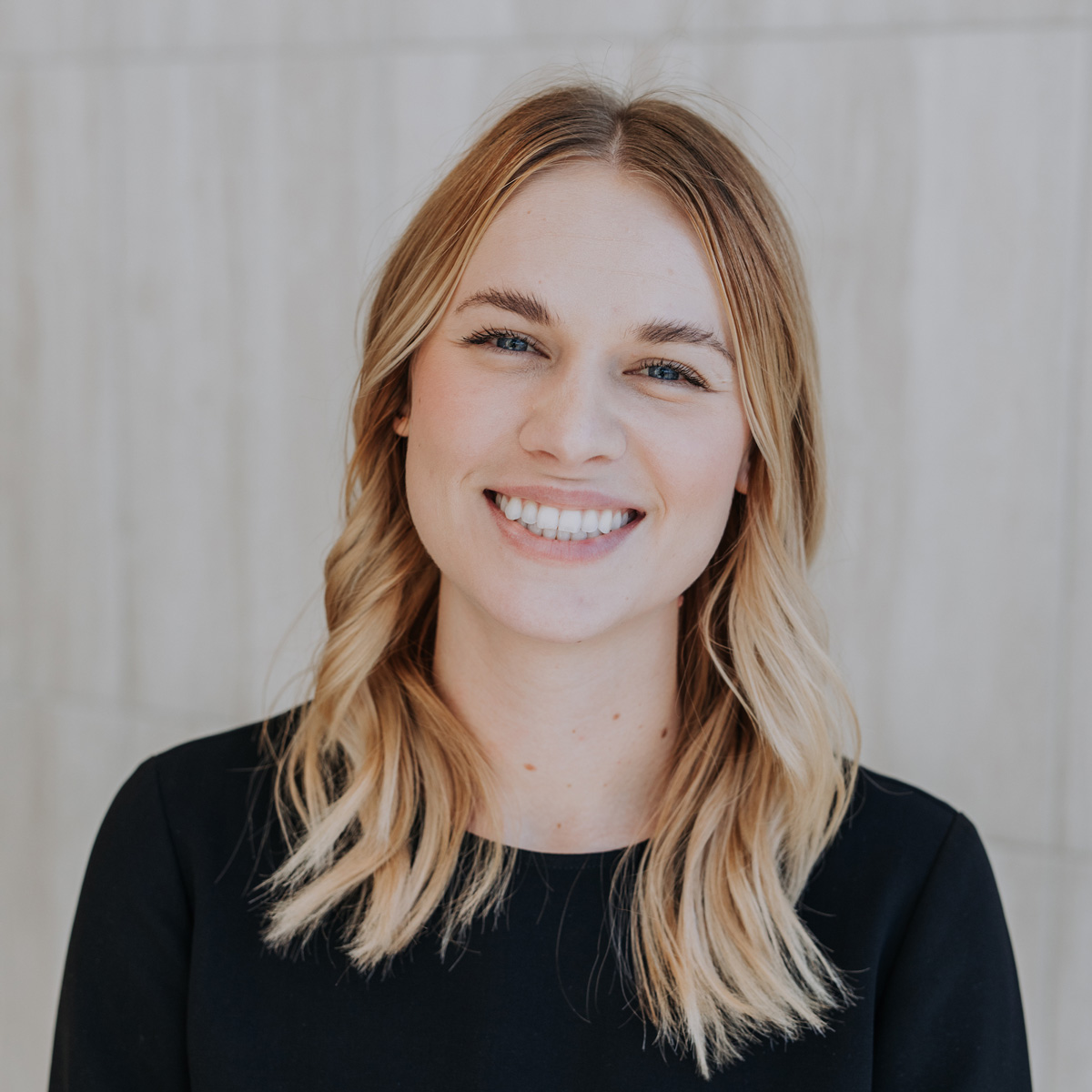Community Management: The Key to People-Powered Strategy (Clubhouse Recap)

The community experts at 1000heads jumped on Clubhouse to discuss the state of community management and what that means for brands looking to bring more advocacy into their social spaces. If you weren’t able to tune in, fear not! This recap captures some of the best recommendations, tips and thought starters to come out of the discussion.
TL;DR
In a sea of indistinguishable brands and digital-everything, community is the people element, bringing the humanity of every brand, experience or digital neighboorhood to the forefront.
What Does a Community Manager Actually Do?
Although there is no singular definition of community, there was a consensus around two things. 1) Community is putting people at the center and 2) Community management is about listening.
“Our job is finding organic, authentic conversations and encouraging communities to form around one thing,” said Leah Kendall, Senior Community Director for the UK and Europe. “Communities are ultimately the bedrock of digital and physical societies. It’s about finding that kindred spirit; finding your feeling of home.”

What that means for brands is creating a space for people to express their brand love and connecting them in ways they didn’t even know were possible. How?
“For me, community is a lot of listening,” said Rafael Rautha, Associate Community Director for North America. “To build something bigger than the brand and something that is valuable for the people in the community. It’s a place for us to be authentic as brands.”
How Much of Community Management is Talking vs Listening?
“We’re listeners, but we also ‘listen between the lines,’” said North America’s Community Director, Jess Turner. “Community managers are super spies for brands — they’re listeners, trend spotters, the human element. They can tell brands things that a report can never tell them.”
When it’s the manager’s turn to lead the conversation, the metaphor of a dinner party came up as the perfect parallel to thinking about building community.

“When it comes to listening and speaking to an audience — I view it as a dinner party,” said guest attendee Traven Page. “Your post is the invitation and then you’re listening to what’s going on and hosting the party.”
And any good host knows that the secret to a great party is a great group of people. Even as brand representatives, our experts cautioned against stealing the spotlight and going into sales mode.
“If you’re to host a really great community dinner party, you as the host wouldn’t be selling — you would have created an environment where talking about the brand becomes natural,” said Leah. “Your dinner party ends up with side conversations about the product and how to use it in different use cases. The best community is one that gathers and fuels itself.”
What It Means to Be Community Powered
At 1000heads, everything starts with data and then we use experience to take the data even further. We’re always looking for ways to combine the art and science of what we do.
“The most interesting part of my role is when I notice something that only a community manager can spot,” said Leah. “Maybe it’s something happening in another passion-centric space where people are meeting and you can bring that into different communities.”
But community management today isn’t only about sharing memes and responding to customer service issues. The “in the weeds” experience you gain as a community manager not only turns you into the eyes and ears for a brand, but also empowers you to walk the walk of what brands stand for.
“I have been thinking through this theme of transparency and removing boundaries if they really don’t need to be there,” said Jess. “It creates authenticity and relatability that people are craving more and more. But transparency should be around things you [as a brand and executive leadership team] are really clear and really knowledgeable about.”

Some brands identified as walking the walk of encouraging and living up to vulnerability as an organization: Peloton, Headspace, Noom and Ganni.
Ganni recently shared a post on social media stating flat out that the brand is “not a sustainable company.” This risky move seems to have paid off for the brand that was ready and willing to answer hard questions about where they’re at today regarding sustainability, and where they want to go.
“Lots of people congratulated them on their transparency,” said Leah. “What that would give me as a community manager is a look into where their community is and what they’re ready for — and they really were ready.”
Even when risks don’t pay off, a strong community strategy can be a brand’s saving grace. The impact of brand advocates in those moments where transparency doesn’t go well is an opportunity for community managers to engage even more.
“It really helps you identify brand champions who have been waiting for an opportunity to speak their mind about something that’s being discussed,” said Traven.
What’s Next for Community Management
Our experts made some predictions around the trends in community that are the most exciting right now.
- Michelle Rivas, Community Manager – People banding together for the greater good or around a cause. They don’t know who each other are, but they want to make the same change.
- Rafael Rautha – Social platforms catching up to a trend or adding functionality for community building. For example, platforms adding features where you can fundraise.
- Leah Kendall – Online communities becoming more of a thing means brands are having to respond to what their communities demand. We’ll leverage this wealth of information and insight into our consumers and use that as marketeers to genuinely add value in products, spaces and content that we deliver. Brands will use this infinite data to their advantage, but also in a way that adds value. It seems like the best possible outcome where the groundswell of community needs are met by brands.
- Jess Turner – Co-creation of products and marketing campaigns. For example, I think about the “Shot on iPhone” campaign all the time. Brands can ask their communities directly, “How do you want to use this, what have you been wanting that we don’t serve yet?” and then actually adapt their roadmap based on the community.
- Leah Kendall – Content that looks like real people, and is informed by real people. For example the TikTok advertising running on TV looks like your phone and it really utilizes everything about the app, technology, and community to tell a story.
“The thing you do is remove a layer of hierarchy in the relationship and say, ‘You guys are the brand,’ which is true, because if people don’t buy your products and don’t buy into your positioning, you don’t have a brand; you don’t have a business,” said Leah.
Today, brands aren’t just about utilization. Brands for younger and growing generations are about lifestyle. Which means more responsibility, and more opportunity as well.
So much community happening in niche corners of the internet, like this one right here, right now. Successful community managers need to think about how they add value in these niche corners and encourage word-of-mouth and the sharing of ideas.
Curious how your brand could better utilize community to reach and engage your consumers? Set up a free consultation with the experts in this article by emailing info@1000heads.com!